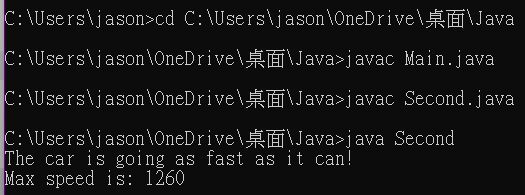Continuing from the previous day's function, today we will continue to introduce “arguments and parameters”.
Here is a brief review of the biggest difference between the two:

The following uses the attached code to continue the introduction of argument parameters and usage methods:
public class First{ /*first class*/
static void statment(){
System.out.println("Hello, Classes !!!");
}
static void average(int gradeA, int gradeB, int gradeC){
float num;
num = ((float)x + (float)y + (float)z)/3; //強制轉型
return num;
}
static float calculate(int x, int y, int z){ // x & y are Parameters
float ave;
System.out.println("The lowest grade is : " + Math.min(x,y,z));
ave = average(x,y,z);
return ave;
}
/*public int sum(int a, int b,int c){
int summary = a + b + c;
return summary;
}*/
}
public class Second{ //second class
public static void main(String[] args){
int aStudent = 92;
int bStudent = 75;
int cStudent = 68;
First.statment(); // Using method in the other "class"
float average = calculate(aStudent, bStudent, cStudent);
System.out.println("The average is " + average);
/*System.out.println("The total is " + sum(aStudent, bStudent, cStudent));*/
}
}
First total = new First(); //Class_Name Object_name = new Class_name() ;
System.out.println("The total is " + total.sum(aStudent, bStudent, cStudent));
There will be a more detailed introduction to objects later. Here, remember that you may need to use the keyword new to create a new object.

 iThome鐵人賽
iThome鐵人賽
 看影片追技術
看更多
看影片追技術
看更多